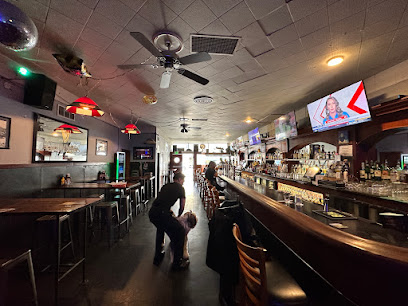
Twin Peaks: San Francisco's Panoramic Vista
Experience San Francisco's most breathtaking panoramic views from Twin Peaks, where the city, bay, and ocean converge in a stunning display of natural and urban beauty.
Twin Peaks, rising over 900 feet above San Francisco, offers unparalleled 360-degree views of the city, the bay, and beyond. Originally named 'Los Pechos de la Choca' by Spanish settlers, these iconic hills provide a stunning vantage point to take in landmarks like the Golden Gate Bridge, Alcatraz, and the downtown skyline. A visit to Twin Peaks is a must for any traveler seeking breathtaking photo opportunities and a unique perspective of San Francisco's beauty. Whether you drive, hike, or bike, the panoramic vistas from the summit are an unforgettable experience. Be sure to dress warmly, as the peaks are known for their strong winds and cool temperatures, ensuring a memorable visit to one of San Francisco's most cherished natural landmarks.
A brief summary to Twin Peaks
- 501 Twin Peaks Blvd, San Francisco, Twin Peaks, California, 94114, US
- +1415-831-2700
- Visit website
Local tips
- Dress warmly, as Twin Peaks is known for its strong winds and cool temperatures, regardless of the season.
- Check the weather forecast before visiting, as fog can sometimes obscure the views.
- Visit during sunrise or sunset for the most magical lighting and photo opportunities.
- Explore the trails on foot to discover different perspectives and escape the crowds.
- Bring binoculars to enhance your viewing experience and spot distant landmarks.
Getting There
-
Driving
For those driving to Twin Peaks, the most direct route is via Portola Drive. From downtown, follow Market Street southwest, which turns into Portola Drive. Continue on Portola Drive and use the gate off of Portola Drive to access the park by vehicle. Follow Twin Peaks Boulevard to the summit parking lot at Christmas Tree Point. Parking is free, but can be limited, especially during peak hours. An alternative, smaller parking lot is located between the two peaks. Be aware that the gate off Burnett Avenue is closed to vehicles and is for pedestrian and bicycle use only.
-
Public Transport
To reach Twin Peaks via public transport, take the 37 Corbett Muni bus. From Market Street downtown, take any streetcar line (J, KT, L, or M) to Church Station or Castro Station. Transfer to the 37 Corbett bus and disembark at the #74 Crestline Drive stop. From there, a series of steps will take you to the base of the hills. From the bus stop, it's a moderately strenuous uphill walk to the summit. A single ride on Muni costs $3. Alternatively, buses 48 and 52 stop on Portola Drive near the Twin Peaks turnoff (O'Shaughnessy Blvd), but it's a long hike up the mountain from there.
-
Taxi/Ride-Share
Taking a taxi or ride-share service (Uber/Lyft) is a convenient option. Input 'Twin Peaks' or '100 Christmas Tree Point Rd' as your destination. The ride from downtown San Francisco typically costs between $21-$25, depending on traffic and demand. The driver will drop you off at the summit parking lot, providing easy access to the viewpoints.
Discover more about Twin Peaks
Iconic landmarks you can’t miss
Alfred E. Clarke Mansion
1.0 km
Explore the Alfred E. Clarke Mansion in San Francisco's Eureka Valley, a Baroque-Queen Anne architectural gem with a rich history, offering a glimpse into the city's opulent past.
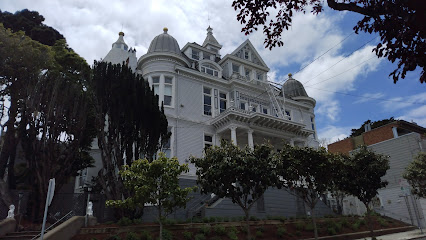
Pink Triangle Memorial
1.4 km
A poignant memorial in San Francisco's Castro District honoring LGBTQ+ victims of the Holocaust, reclaimed as a symbol of pride and a reminder of the ongoing fight for equality.
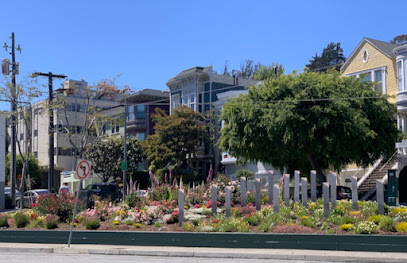
Noel
1.5 km
Explore the rich history and charming architecture of Noel, a historical landmark in the heart of San Francisco's Noe Valley.
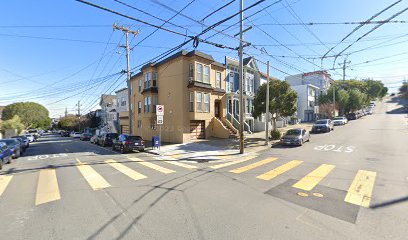
Harvey Milk Plaza
1.5 km
Explore Harvey Milk Plaza in San Francisco, a vibrant landmark honoring LGBTQ+ history and civil rights through art, community events, and a spirit of inclusivity.
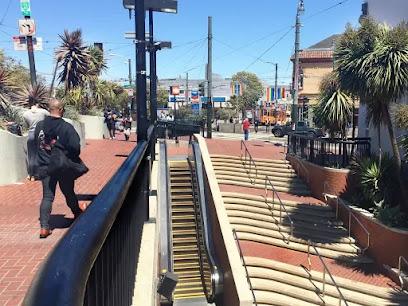
Mt. Davidson Cross
1.7 km
Discover panoramic views and a rich history at the Mount Davidson Cross, a San Francisco landmark honoring the Armenian Genocide and hosting annual Easter sunrise services.
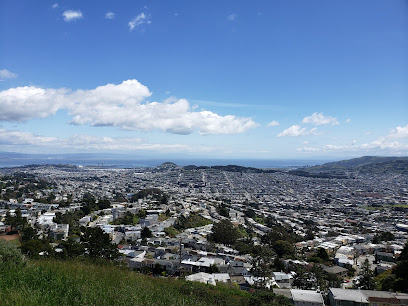
Grateful Dead House
1.8 km
Explore the iconic Grateful Dead House in Haight-Ashbury, a historical landmark that celebrates the legacy of a generation-defining rock band.

Delano House
1.8 km
Discover the rich history and stunning architecture of Delano House, a charming historical landmark in San Francisco's Buena Vista neighborhood.

Janis Joplin's House
1.8 km
Discover the historical significance of Janis Joplin's house in San Francisco's Haight-Ashbury, a tribute to the legendary rock star and the vibrant counterculture of the 1960s.
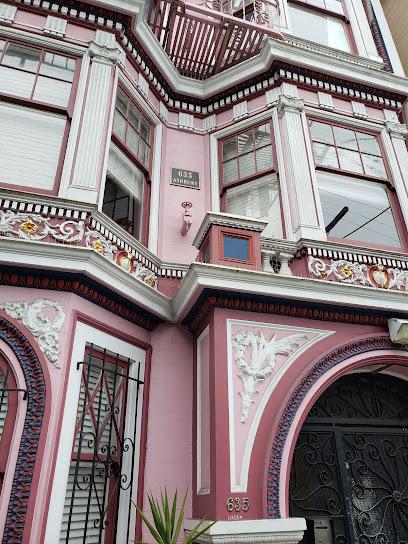
Miguel Hidalgo Statue
1.9 km
Honor the legacy of Mexican independence at this historical landmark in San Francisco's Mission Dolores Park, celebrating the spirit of freedom and cultural heritage.
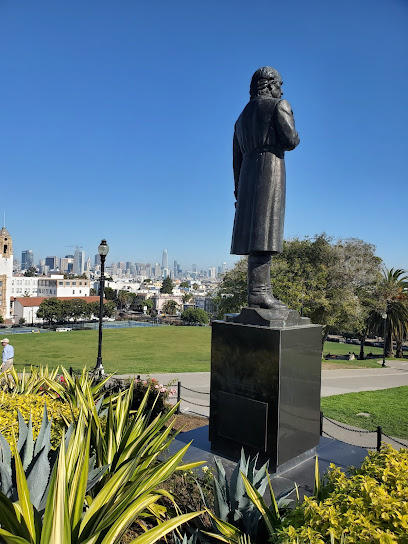
Haight-Ashbury Clock
1.9 km
Discover the Haight-Ashbury Clock, an iconic historical landmark in San Francisco, reflecting the city's rich counterculture heritage and vibrant artistic spirit.
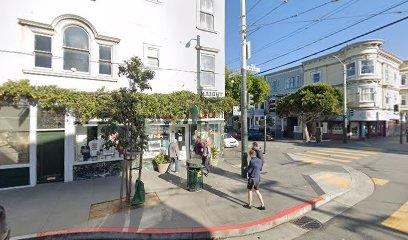
Sullivan Stuhr House
1.9 km
Explore the architectural beauty and historical significance of Sullivan Stuhr House in San Francisco's Dolores Heights, a must-visit for culture and history lovers.
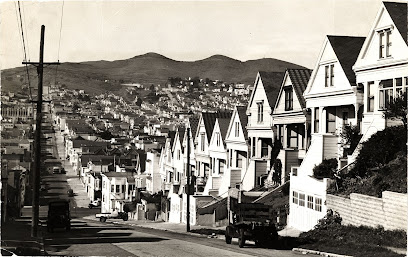
1524 Haight St
1.9 km
Experience the vibrant heart of San Francisco's counterculture at the iconic Haight-Ashbury building, steeped in history and creativity.
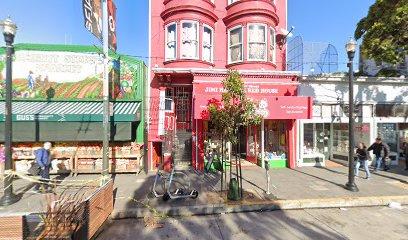
Alvord Lake Bridge
1.9 km
Explore the beauty of Alvord Lake Bridge in Golden Gate Park, a serene escape for nature lovers and photography enthusiasts in San Francisco.
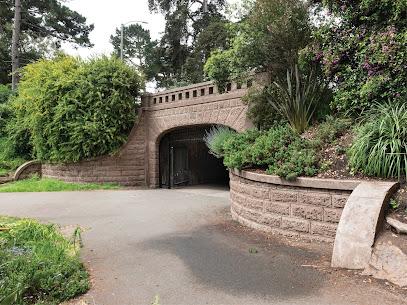
Dolores Park
1.9 km
Experience San Francisco's vibrant heart at Dolores Park: stunning views, rich history, and a lively atmosphere make it a must-visit destination for locals and tourists alike.

Buena Vista Park
2.0 km
Discover San Francisco's oldest park, a hilltop oasis with winding trails, panoramic city views, and a unique history, offering a tranquil escape in the heart of the city.
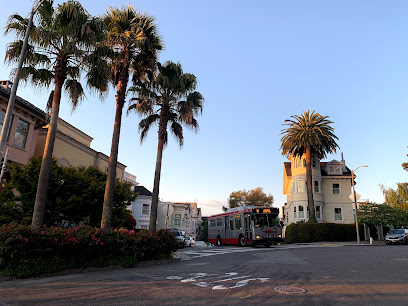
Unmissable attractions to see
Christmas Tree Point
0.2 km
Experience breathtaking panoramic views of San Francisco from Christmas Tree Point, a historic vista on Twin Peaks offering iconic landmarks and stunning natural beauty.
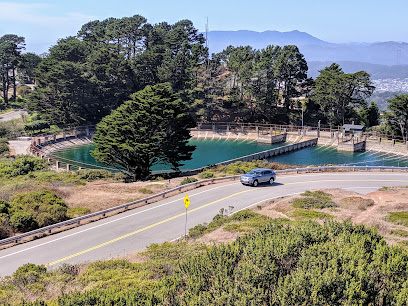
Sutro Tower
0.5 km
San Francisco's iconic Sutro Tower, a towering landmark and communications hub, offers a unique perspective on the city's skyline and technological innovation, visible from across the Bay Area.
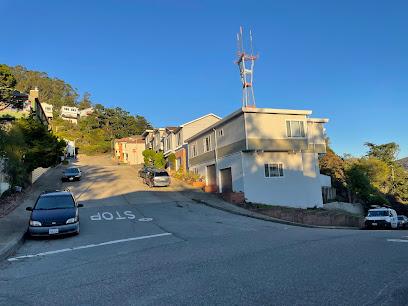
Tank Hill
0.8 km
Discover breathtaking views of San Francisco at Tank Hill, a serene park perfect for relaxation and photography amidst the city's vibrant skyline.

Kite Hill
0.8 km
Discover Kite Hill, a tranquil city park in San Francisco's Eureka Valley, offering stunning views, lush landscapes, and a perfect escape for tourists.
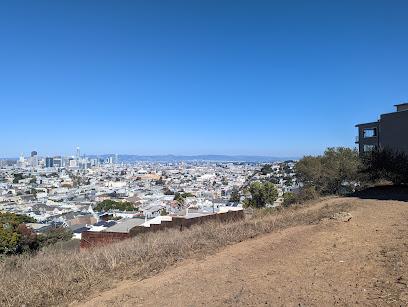
Concrete Slides
0.9 km
Discover the excitement of the Concrete Slides in San Francisco—a unique urban attraction offering fun, stunning views, and a touch of nostalgia for all ages.
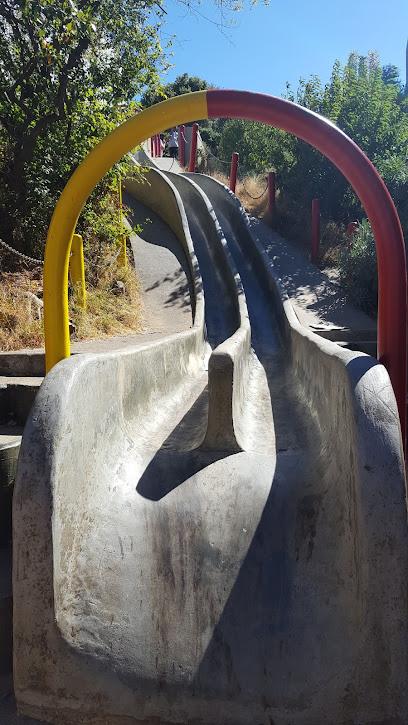
Glen Canyon Park
1.3 km
Explore the natural beauty of Glen Canyon Park in San Francisco, a serene retreat with hiking trails, wildlife, and breathtaking vistas.
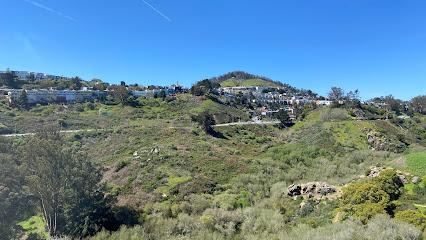
GLBT Historical Society Museum
1.4 km
Discover the rich tapestry of LGBTQ+ history at the GLBT Historical Society Museum in San Francisco's vibrant Castro district.
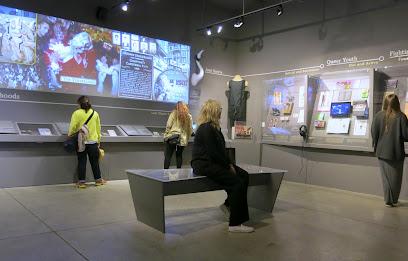
Castro Camera
1.4 km
Explore Castro Camera in San Francisco, a historic landmark celebrating LGBTQ+ culture and the legacy of Harvey Milk.
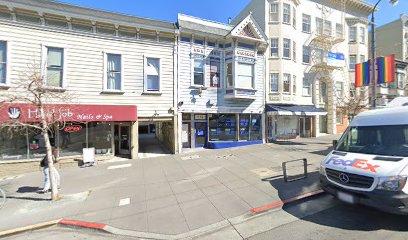
Finnegans Wake
1.4 km
Experience the vibrant atmosphere of Finnegans Wake, a beloved sports bar in San Francisco's Cole Valley, perfect for food, drinks, and game day excitement.
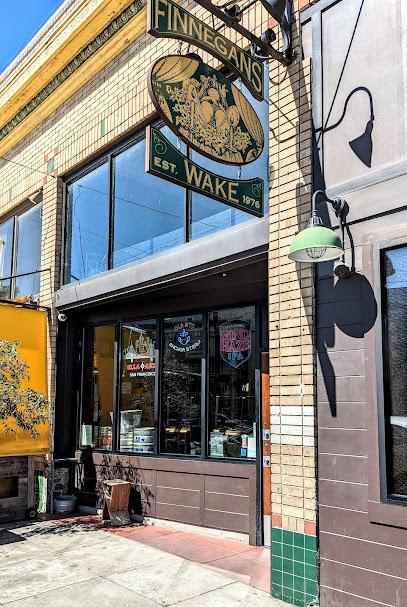
The Castro
1.4 km
Explore the lively Castro District in San Francisco, a historic hub of LGBTQ+ culture, stunning architecture, and vibrant entertainment.

440 Castro
1.5 km
Experience the vibrant nightlife at 440 Castro, a lively gay bar in San Francisco's historic Castro district, known for its cocktails and community spirit.

Essential places to dine
Fable
1.3 km
Discover Fable in San Francisco's Castro district - where Californian flavors meet sustainability in an enchanting dining atmosphere.
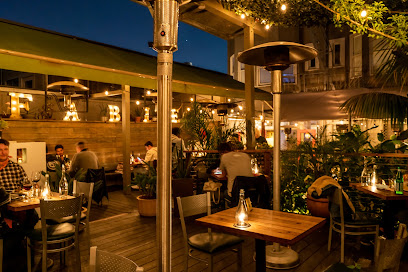
Blind Butcher
1.5 km
Experience innovative New American cuisine at Blind Butcher in San Francisco's lively Castro district - where fresh ingredients meet creative flair.

Bistro Ember
1.8 km
Discover Bistro Ember in Noe Valley: A delightful Mediterranean escape with Turkish-inspired cuisine in the heart of San Francisco.
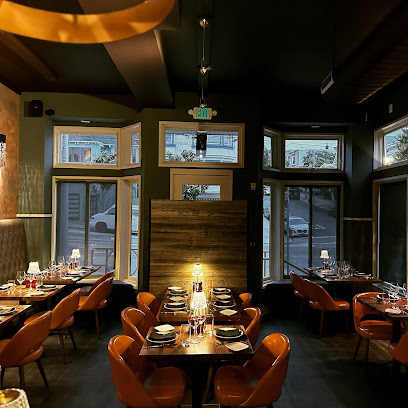
Starbelly
1.8 km
Experience fresh Californian cuisine at Starbelly in San Francisco's Castro district - where seasonal ingredients meet innovative flavors.
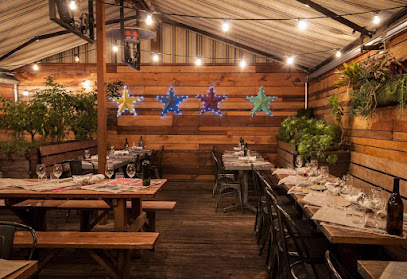
La Ciccia
2.2 km
Discover authentic Italian flavors at La Ciccia, where fresh seafood meets warm hospitality in the heart of San Francisco's Fairmount neighborhood.
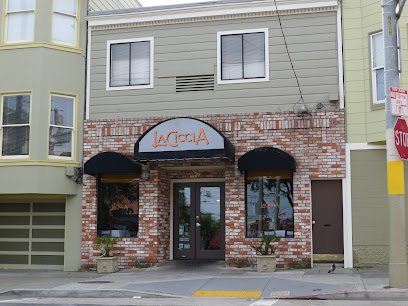
Bottega
2.3 km
Experience authentic Italian cuisine at Bottega in San Francisco's vibrant Mission District—where every meal is a celebration of flavor.
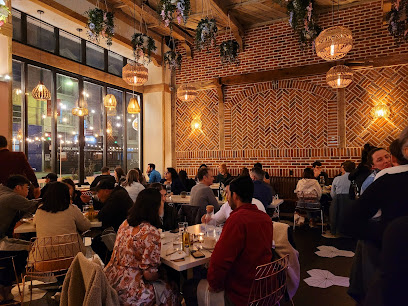
Beretta Valencia
2.4 km
Experience authentic Italian flavors at Beretta Valencia in San Francisco's vibrant Mission District - where pizza meets creativity.
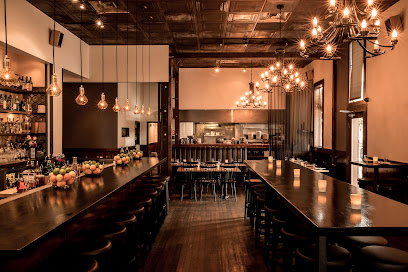
El Techo
2.5 km
Experience breathtaking views and authentic Latin cuisine at El Techo, a must-visit rooftop restaurant in San Francisco's vibrant Mission District.

Foreign Cinema
2.5 km
Discover Foreign Cinema: A unique dining experience blending Californian and Mediterranean flavors in San Francisco's vibrant Mission District.
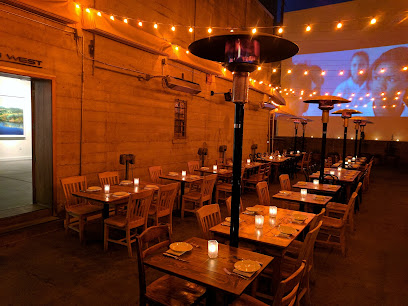
Lolinda
2.5 km
Experience exquisite Argentine cuisine at Lolinda in San Francisco's Mission District - where flavor meets atmosphere.

Blue Plate
2.5 km
Discover Blue Plate: A culinary haven in San Francisco blending American and Mediterranean delights in a serene garden setting.
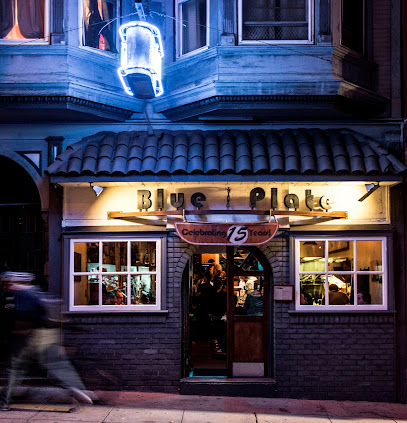
Lazy Bear
2.6 km
Discover culinary artistry at Lazy Bear, San Francisco's premier fine dining destination featuring innovative New American cuisine.
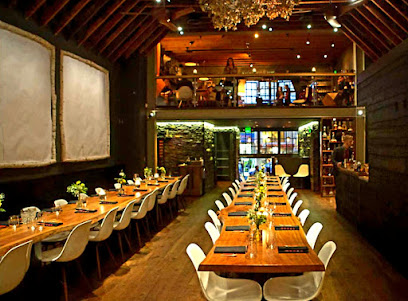
Nopa
2.6 km
Experience the vibrant flavors of New American cuisine at Nopa in San Francisco's Alamo Square, where organic ingredients meet Mediterranean flair.
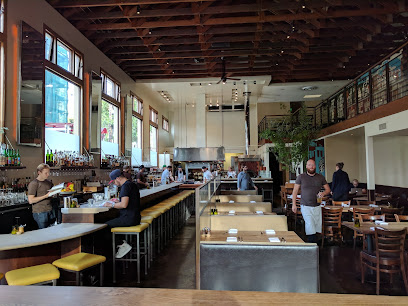
Prubechu
2.6 km
Experience a delightful fusion of flavors at Prubechu, where Pacific Rim cuisine meets local ingredients in San Francisco's Mission District.

Burma Love - Mission
2.9 km
Discover the vibrant flavors of authentic Burmese cuisine at Burma Love in San Francisco's Mission District - a true culinary delight.

Markets, malls and hidden boutiques
Chocolate Covered
1.3 km
Explore the heavenly world of artisanal chocolates at Chocolate Covered in San Francisco's Noe Valley, where every bite is a blissful indulgence.

Local Take
1.4 km
Explore Local Take in San Francisco for unique gifts and local artisanal treasures that capture the city's vibrant spirit.

Land of the Sun
1.9 km
Explore the vibrant Land of the Sun gift shop in Haight-Ashbury, San Francisco, for unique clothing, accessories, and local souvenirs that capture the city's spirit.

Held Over
1.9 km
Explore unique vintage fashion at Held Over, where every piece has a story and reflects the vibrant spirit of San Francisco's Haight-Ashbury.

San Francisco Mercantile
1.9 km
Explore the essence of San Francisco at San Francisco Mercantile, your go-to shop for unique gifts and local artisan creations in Haight-Ashbury.

True
1.9 km
Discover unique fashion at True Clothing in Haight-Ashbury, San Francisco's iconic store for eclectic styles and local designer pieces.
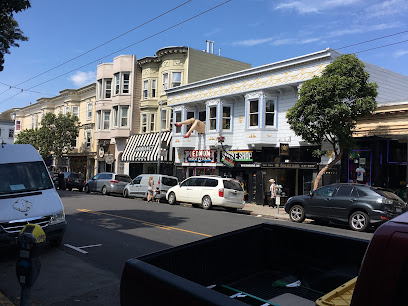
Welcome Haight & Ashbury
1.9 km
Explore the heart of Haight-Ashbury with unique gifts and local treasures at Welcome Haight & Ashbury, San Francisco's iconic visitor center.
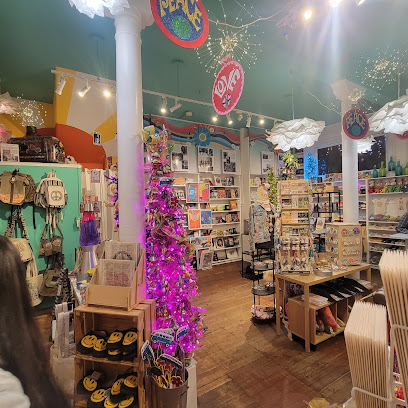
Things Lucky Handicraft
2.0 km
Explore the vibrant Haight-Ashbury district and uncover unique gifts and handcrafted treasures at Things Lucky Handicraft.

Isso San Francisco
2.2 km
Explore Isso San Francisco for unique vintage clothing and remade treasures in the heart of the Mission Dolores neighborhood.

State Of Flux Shop
2.3 km
Explore the vibrant fashion scene of San Francisco at State of Flux Shop, a unique men's clothing store in the heart of the Mission District.

Needles & Pens
2.4 km
Explore Needles & Pens, a vibrant San Francisco boutique offering unique books, clothing, and accessories that embody local artistry and creativity.
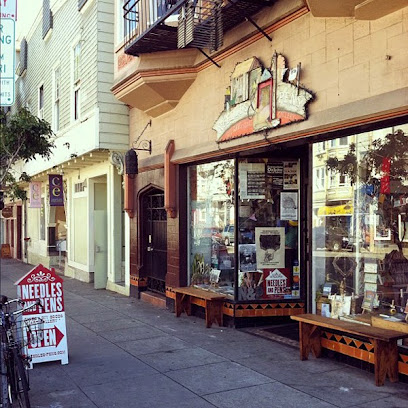
Perch
2.4 km
Explore Perch, San Francisco's hidden gem for unique gifts and local artisan treasures in the heart of Glen Park.

Serendipity Cards and Gifts
2.4 km
Explore the whimsical world of Serendipity Cards and Gifts in San Francisco's Mission District – a treasure trove of unique cards and delightful souvenirs.

Life
2.5 km
Explore Life, a boutique gift shop in Lower Haight, San Francisco, offering unique aromatherapy, jewelry, candles, and artisan treasures.

COVE
2.6 km
Discover unique gifts at COVE, a charming shop in San Francisco's Lower Haight, showcasing local artisans and eclectic treasures.

Essential bars & hidden hideouts
Brioche Bakery & Cafe
1.9 km
Indulge in artisanal pastries and exceptional brunch at Brioche Bakery & Cafe, a must-visit gem in San Francisco's Haight-Ashbury.
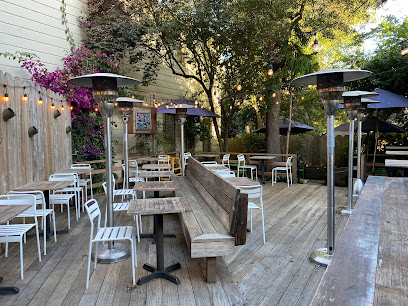
Tara Indian Cuisine
2.0 km
Experience the vibrant flavors of India at Tara Indian Cuisine in San Francisco's Castro district, where tradition meets modern dining.

Blackbird
2.2 km
Experience the best of San Francisco nightlife at Blackbird Bar, where craft cocktails and a vibrant atmosphere await.
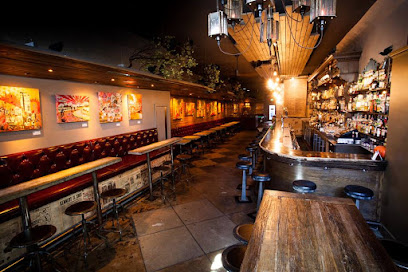
Friends Bar
2.4 km
Experience the vibrant nightlife at Friends Bar in San Francisco's Sunnyside, where affordable drinks and a friendly atmosphere await.
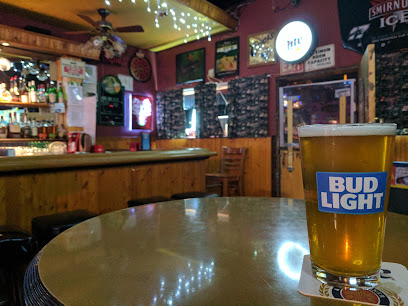
The Beehive
2.4 km
Explore The Beehive, San Francisco's cocktail bar renowned for its inventive drinks and lively ambiance in the heart of the Mission District.
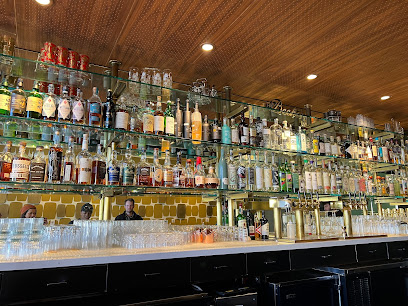
Bear Vs. Bull
2.5 km
Discover the vibrant atmosphere and exquisite flavors at Bear Vs. Bull, a premier cocktail bar in San Francisco's Mission District.

ABV
2.5 km
Discover ABV in San Francisco: a vibrant bar and restaurant known for its craft cocktails and seasonal dishes, perfect for any culinary adventure.
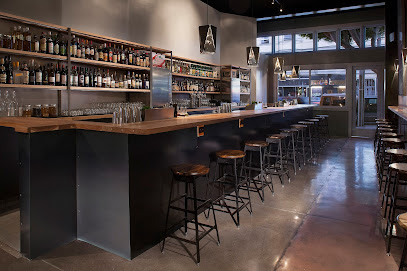
Noc Noc
2.5 km
Discover Noc Noc, a vibrant bar in San Francisco's Lower Haight, offering creative cocktails and a unique atmosphere perfect for relaxing and socializing.
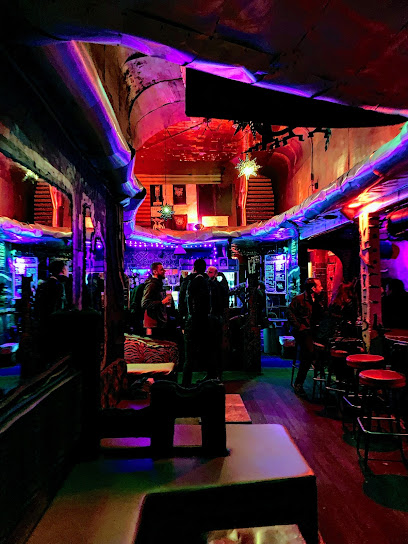
Mission Bar
2.5 km
Discover the vibrant nightlife and local flavors at Mission Bar, a beloved spot in San Francisco's Mission District.

Evil Eye
2.6 km
Discover the creative cocktail haven in San Francisco's Mission District, where unique drinks and a vibrant atmosphere await.

Casements Bar
2.6 km
Experience the lively spirit of San Francisco at Casements Bar, a unique Irish pub and cocktail haven in the Mission District.

The Sycamore
2.7 km
Experience the vibrant atmosphere of The Sycamore, a gastropub in San Francisco's Mission District, where delicious American cuisine meets an extensive wine selection.

Dahlia SF
3.0 km
Experience the vibrant nightlife of San Francisco at Dahlia SF, a bar known for its creative cocktails and lively atmosphere in the heart of the Mission District.

True Laurel
3.2 km
Discover the vibrant flavors and innovative cocktails at True Laurel, a must-visit cocktail bar and restaurant in San Francisco's Mission District.

Recovery Room
3.2 km
Experience the lively atmosphere and diverse menu at Recovery Room, a premier bar and restaurant in San Francisco's Mission Terrace neighborhood.
